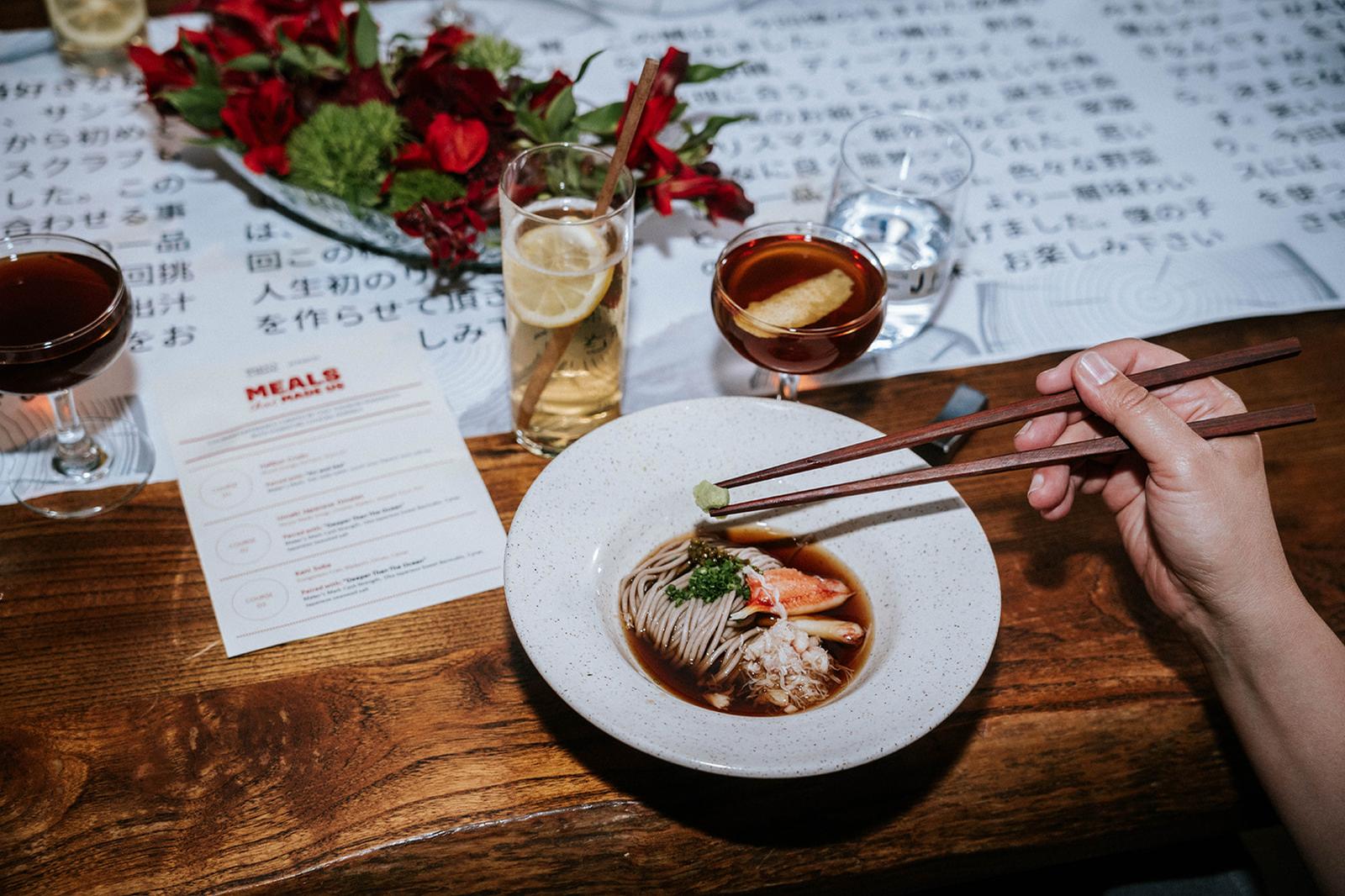When you hear chefs throwing around phrases like “amuse-bouche,” “julienne-style,” and “unleavened,” it can feel like the food world has its own language. And you’re not wrong! There are a plethora of culinary terms that aren’t commonly used in everyday conversations.
The same goes for restaurants. From the kitchen to the host stand, you’ll likely hear plenty of restaurant lingo. So, what do things like “on the fly” and “86ed” mean when you hear them coming from the back of the house? (Also, what does “back of the house” mean?) Read on to find out.
1. 2-top, 4-top, etc.
What are a 2-top and 4-top? This is the number of guests seated at a table. A two-top table has 2 people, a four-top table has 4—you get the gist. The host will usually use this term when telling a server the table or section they’re working on has been sat with new guests.
In a sentence: “I just sat you with a 4-top on the patio.”
2. 86ed
What does it mean to 86? When you run out of a certain ingredient, drink, or menu item, it’s 86ed. Usually, the manager or kitchen will alert servers when a menu item is 86ed.
In a sentence: “We just sold our last oyster dish, so 86 oysters for the rest of the night.”
3. All day
What does all day mean in the kitchen? This term refers to the total number of certain dishes the kitchen needs to make at a given time. Often, there are multiple ticket orders in the window. So, the server, expo worker, head chef, or manager might call out, “5 shrimp baskets all day!” meaning that, of all the tickets in the window, there are five orders of shrimp baskets.
In a sentence: “I need four calamari apps and three eggplant parmesans all day!”
4. A la carte
“A la carte” is a French term that means a menu item is sold by itself. If a burger joint sells burgers and sides a la carte, that means a burger doesn’t come with a side included.
In a sentence: “Does the veggie burger come with fries, or is it a la carte?”
5. Back of the house
The back-of-house staff is the team members who work in the “back” of the restaurant and generally don’t interact with customers. This encompasses people like the dishwasher, chefs, and expo, and areas like the kitchen, freezers, and storage areas.
In a sentence: “See if we have extra ramekins in the back of the house, will you?”
6. Busser
The person who cleans up the dishes, napkins, and debris from a table. They’re also usually the ones tasked with wiping down and cleaning tables off, so they’re ready to be sat with new patrons.
In a sentence: “We need the busser to clear off table 12, so we can reseat it.”
7. Campers
This is a term for people who linger at their table long after they’ve finished their meal and paid their check. Servers aren’t fond of campers because they’d rather be able to clean and reseat their table with new diners. This is an especially egregious move when a restaurant is on a wait, and people are lining up for a table.
In a sentence: “These campers at table 44 paid their check 20 minutes ago!”
8. Check presenter
A check presenter is a one- or two-panel receipt holder, often made of leather, plastic, or faux leather. It’s where the customer is given their receipt and then places their payment. Some restaurants even use mini clipboards or checks paperclipped with signature postcards to mix it up.
In a sentence: “Let me drop this check presenter at table 8, then I’ll grab more menus.”
9. Comped
A dish is “comped” when it’s given to a customer for free. A dish or drink could be comped if it’s deemed not up to the establishment’s standards (i.e. too cold) rather than merely a taste preference by the customer (i.e. they just didn’t like it). It could also be used to impress an important guest.
In a sentence: “I comped their appetizer because the kitchen lost their order, and their entrees came out late.”
10. Corner
This is what servers often yell when they’re rounding a corner (usually in or near the kitchen) to alert anyone else who might be walking towards them that they can’t see. This helps avoid any accidents or collisions, especially when people are holding dishes, cups, or plates of food.
In a sentence: “Corner!”
11. Double-sat
When the host seats a server’s section back-to-back. It’s often stressful for servers to be sat with more than one table at a time. It’s not the end of the world, but it requires the server to do things like greet them, take drink orders, take food orders, and run food for two tables around the same time, as opposed to having each table at a different point in their dining experience.
In a sentence: “Can you take these waters to table 7? The host just double-sat me.”
12. Double shift
When a server, host, or kitchen employee works two shifts back-to-back. This is also sometimes called a “volume” shift.
In a sentence: “I’m glad I have tomorrow off — I’ve worked doubles the past two days.”
13. Expo
Short for “expeditor,” the expo works as a type of middle-person between the kitchen and the dining room. Whether it’s a dedicated worker or the restaurant’s manager, they’re tasked with making sure each dish has any finishing touches it needs and is ready to be taken out to the table.
In a sentence: “The expo said the kitchen needs more parsley for garnishing.”
14. Fire
This is a term used by the head chef to let others in the kitchen know it’s time to start cooking or prepping a dish.
In a sentence: “Go ahead and fire those pizzas for table 23!”
15. Food runner
This one’s pretty straightforward. A food runner is a person whose job is to take food to tables. If a new employee is training, sometimes they’ll work a few shifts as a food runner to get familiar with dishes. Or, the expo might step in as a food runner if the dining room gets packed suddenly.
In a sentence: “I just saw the food runner drop table 22’s apps, so I’ll go ahead and ring in table 20’s order.”
16. Front of the house
The front of the house meaning is the front of a restaurant. It’s the place where patrons usually are, such as the dining room, waiting area, and bar. The front-of-house team members are customer-facing employees. Servers, hostesses, bartenders, and bussers are front-of-house workers.
In a sentence: “Jenna’s managing the front of the house tonight.”
17. High-top
High-top tables are taller than the average dinner table, usually with stools for seating. These tables are often found near a restaurant’s bar area.
In a sentence: “We’re on a 10-minute wait for the dining room, but we’ve got a few high-top tables available by the bar if you’d like to sit there.”
18. In the weeds
When a server is swamped or has a lot of tables to serve, they’re in the weeds. It could stem from being double- or triple-sat, having a large party at one of their tables, or simply having a lot of tables in their section.
In a sentence: “Can you get drinks for table 15? I’m in the weeds with this party of 10!”
19. In the window
When an order is ready to be taken out to the guest’s table, chefs will usually put it “in the window.” This is what restaurant pros call the warming area between the kitchen and the server station, where food can be put in for a few minutes without getting cold.
In a sentence: “I’ve got two filet mignons and one chicken sandwich in the window ready to go.”
20. On the fly
Mistakes happen. Sometimes a server forgets to put an order in, or a steak isn’t cooked to a patron’s preference. In these cases, sometimes the kitchen will be asked to cook a new dish “on the fly” or as soon as humanly possible. Understandably, chefs aren’t big fans of having to whip up dishes on the fly.
In a sentence: “I put in table 6’s apps but forgot their entrees — I need two blackened chicken sandwiches on the fly!”
21. Side work
In addition to serving tables, most servers also have to complete “side work” at the end of their shift. This preps the new shift and makes sure the next shift’s servers have what they need and are set up for success. Side work is anything from brewing tea and topping off salad dressing containers to refilling salt and pepper shakers and sweeping their section.
In a sentence: “My side work tonight is rolling silverware, so I might be here a while.”
22. Ticket
When an order is keyed into a POS system, it usually prints out a ticket that the chef or server uses to alert the kitchen that an order needs to be made. It includes what time the order was put in, as well as any substitutions or moderations that the guest requests. Putting a ticket with an order helps the expo check to make sure the dish matches the order before it goes out.
In a sentence: “I’ve got 11 tickets in the window, so it must be getting busy out there.”
Kitchen Lingo vs. Hostess Lingo vs. Server Lingo
While some restaurant slang is used more by hostesses, servers, or chefs, they will all use most of these terms—and they certainly understand them all so that they can communicate effectively and efficiently in a fast-paced environment.
Understanding Restaurant Lingo and Restaurant Slang
If you work in the restaurant industry, you will definitely want to know and understand the lingo. Whether you just got your first job as a server or cook or you are an experienced manager, it is important to get up to speed on the lingo in order to be an efficient member of the restaurant team. Not to mention, learning restaurant slang can help you avoid looking foolish in front of coworkers.
Interested in more events industry lingo? Check out our other blog posts:
23 Conference AV Terms You Need To Know
26 Corporate Conference Lingo You Need To Know
27 Marketing Terms You Need To Know





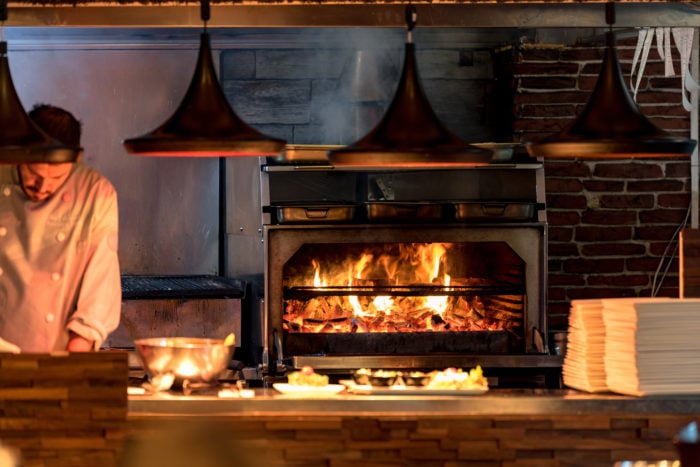

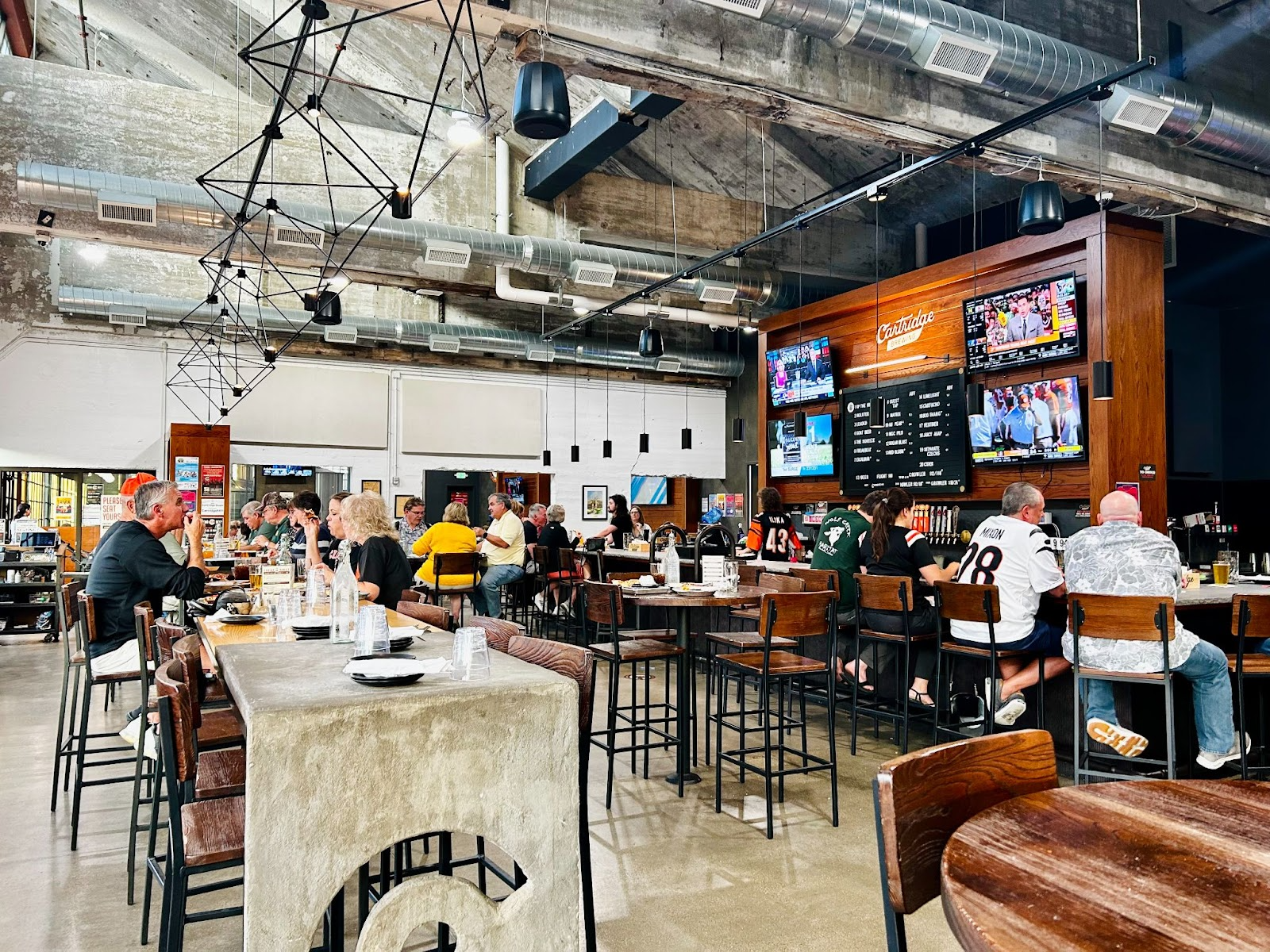
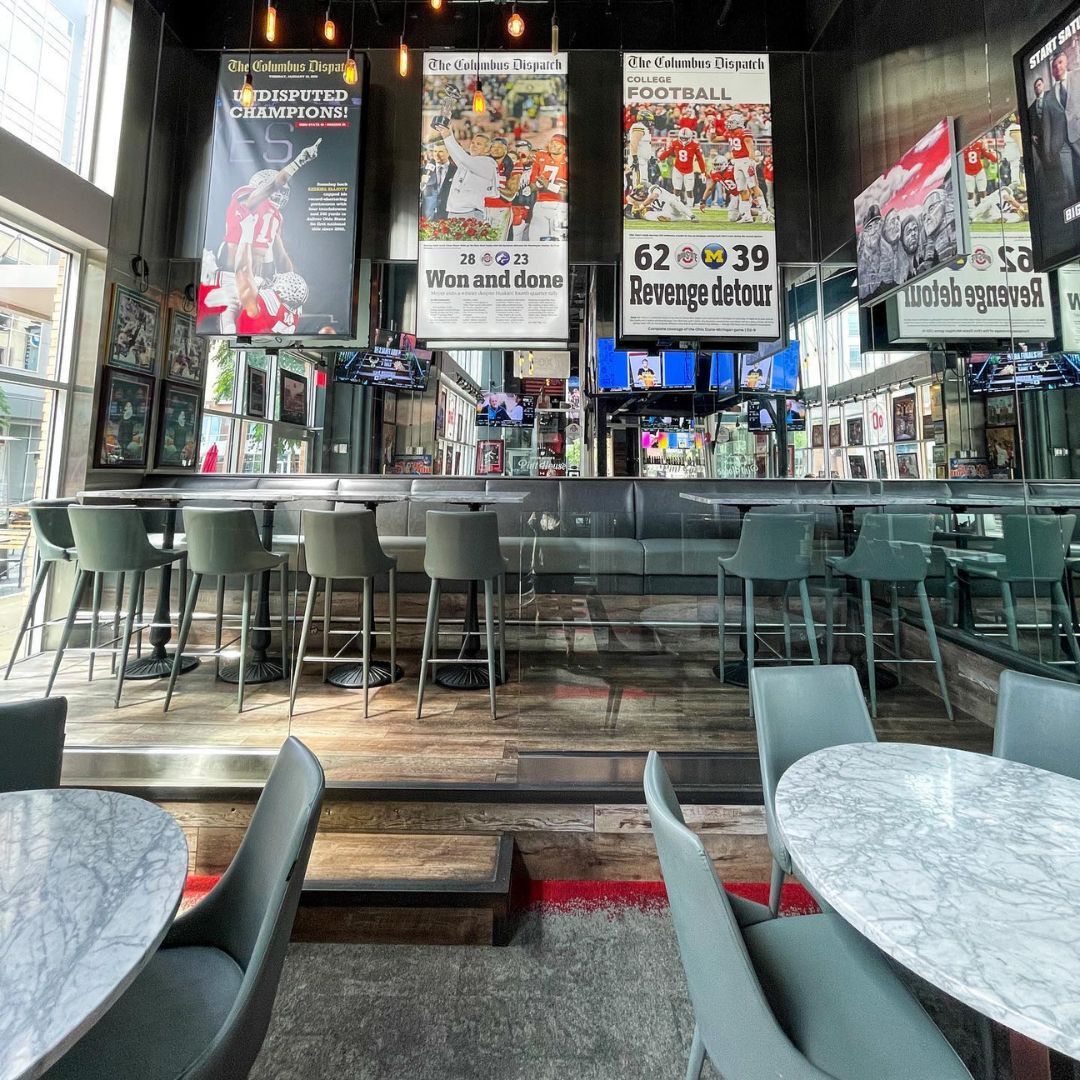
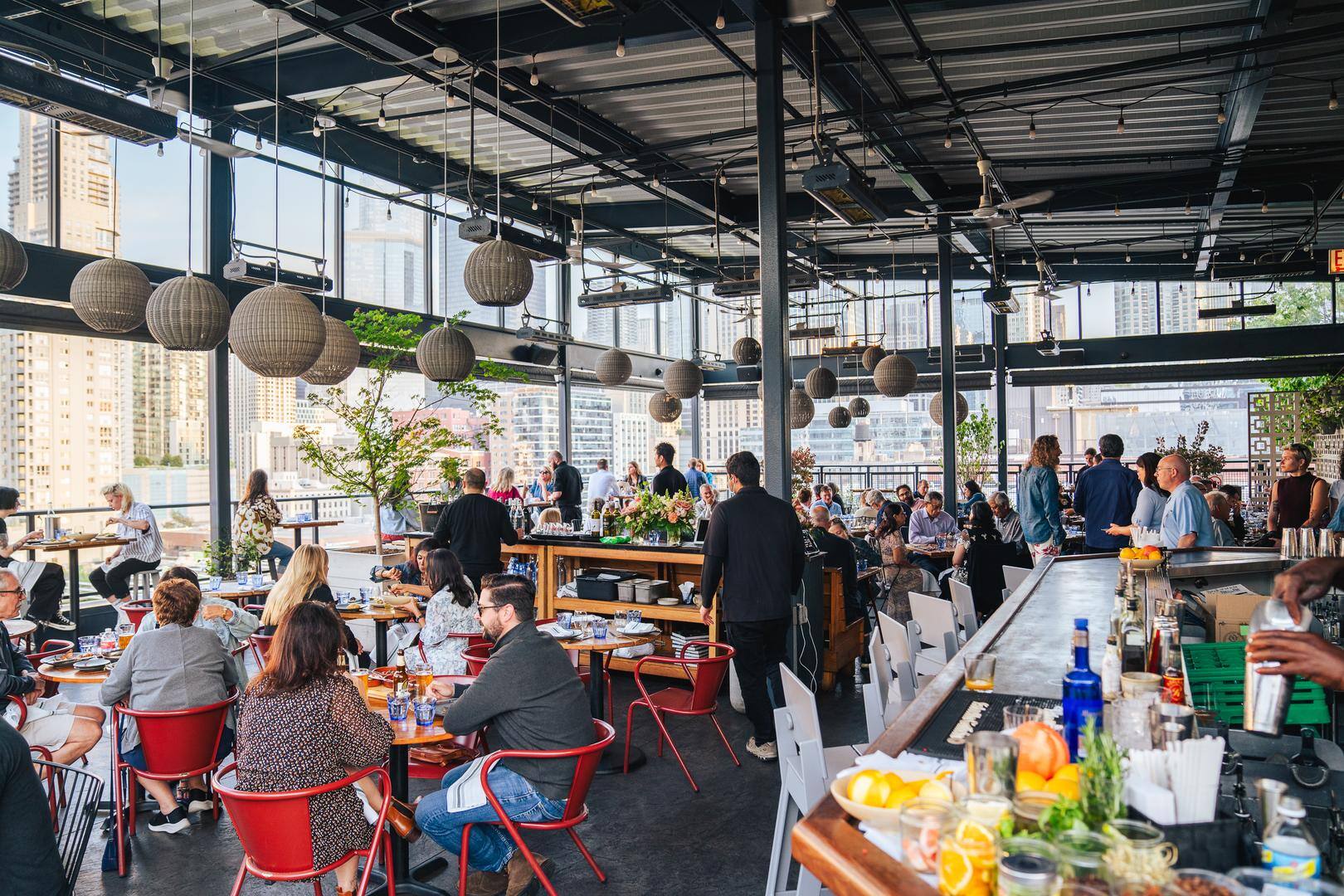


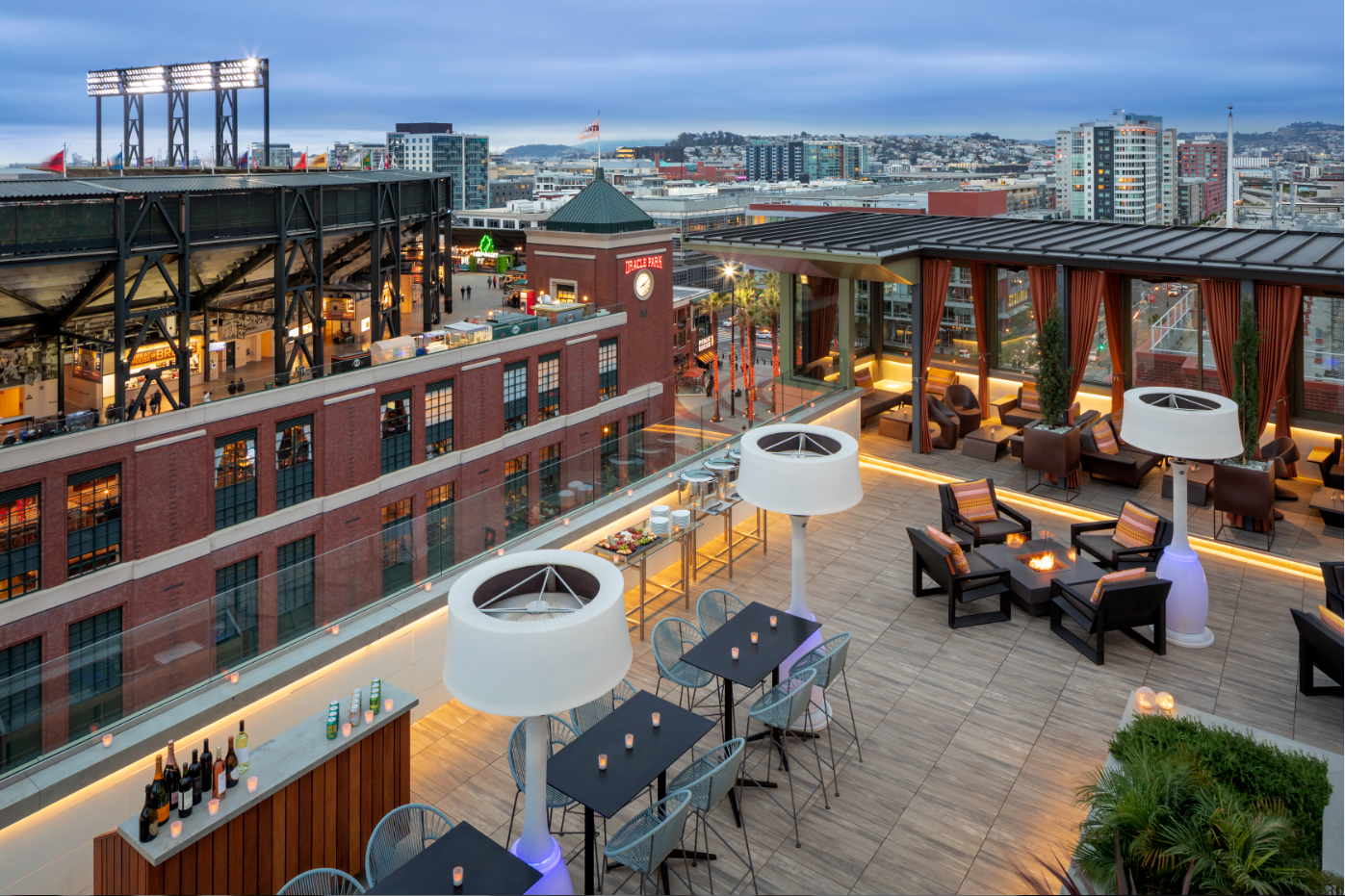



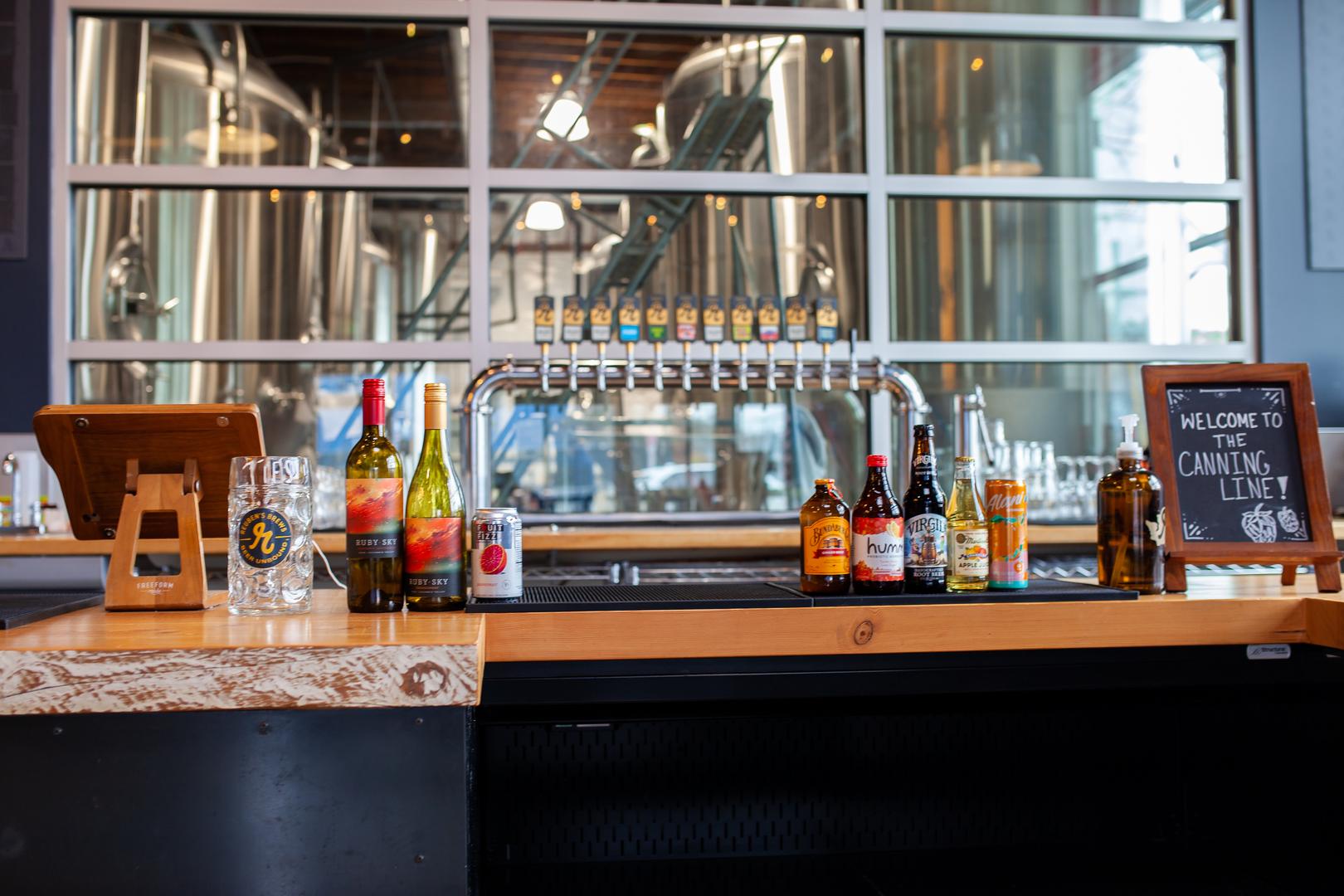


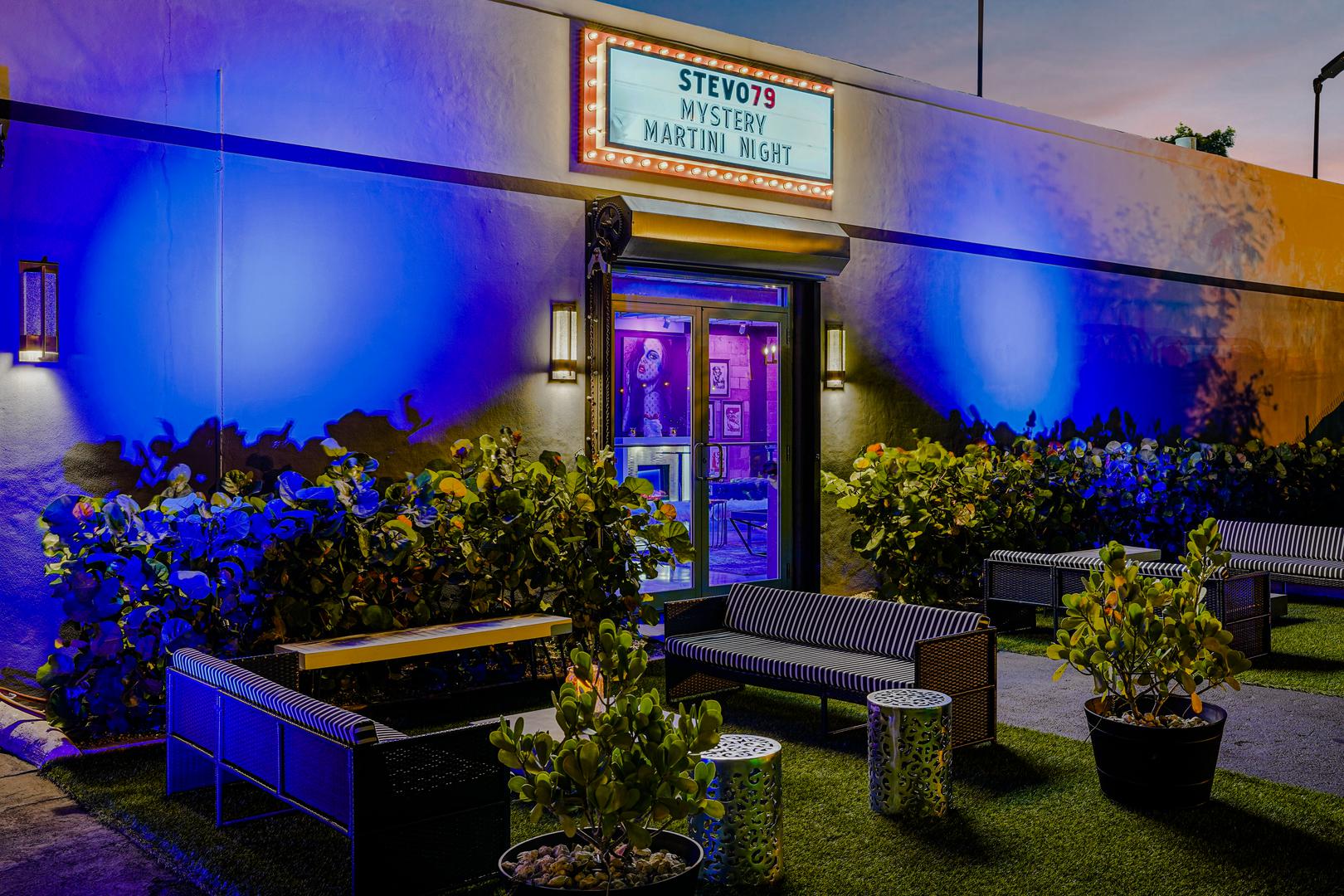
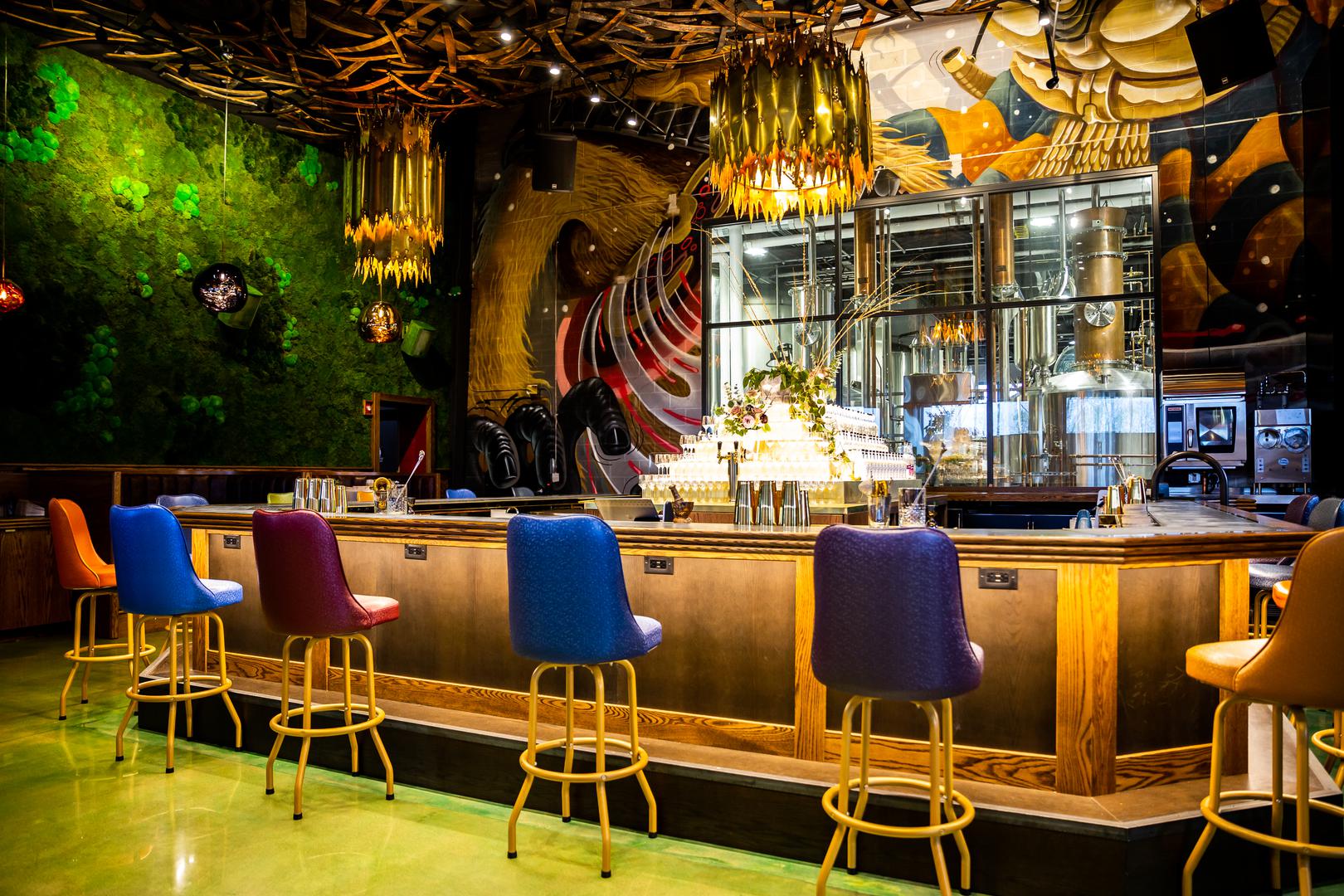
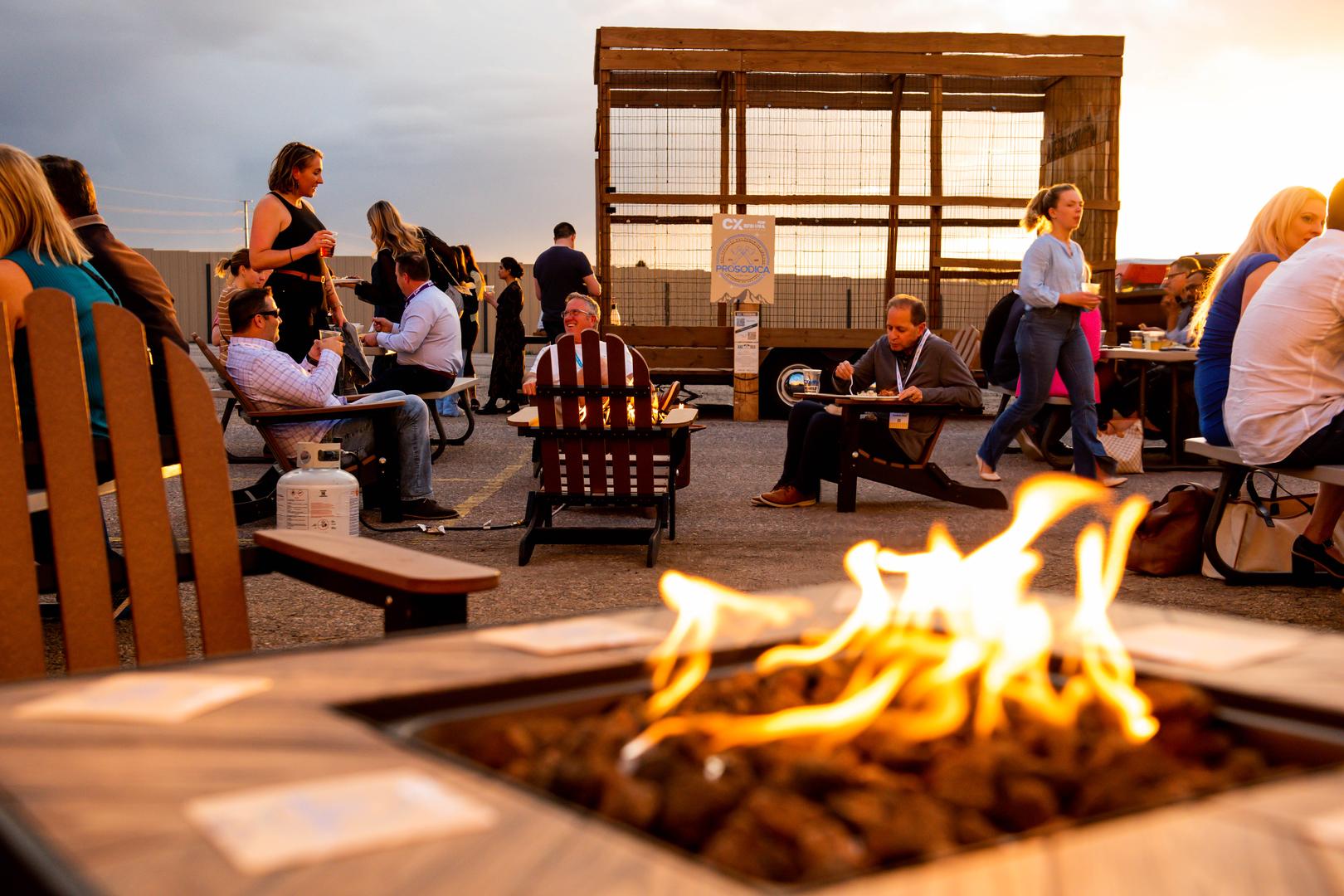

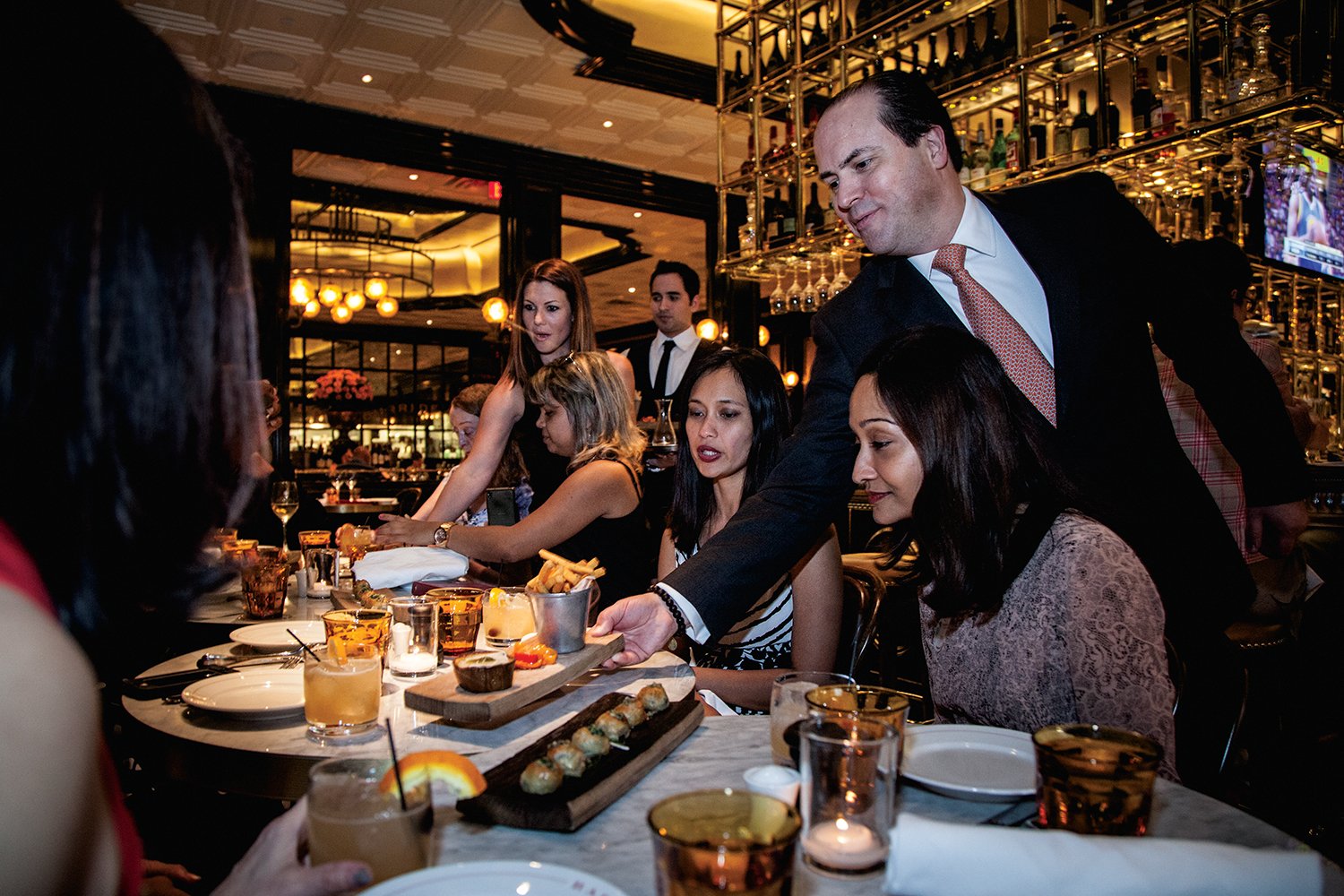
%20Where%20to%20Eat%20Near%20Willis%20Tower%20in%20Chicago.png)
